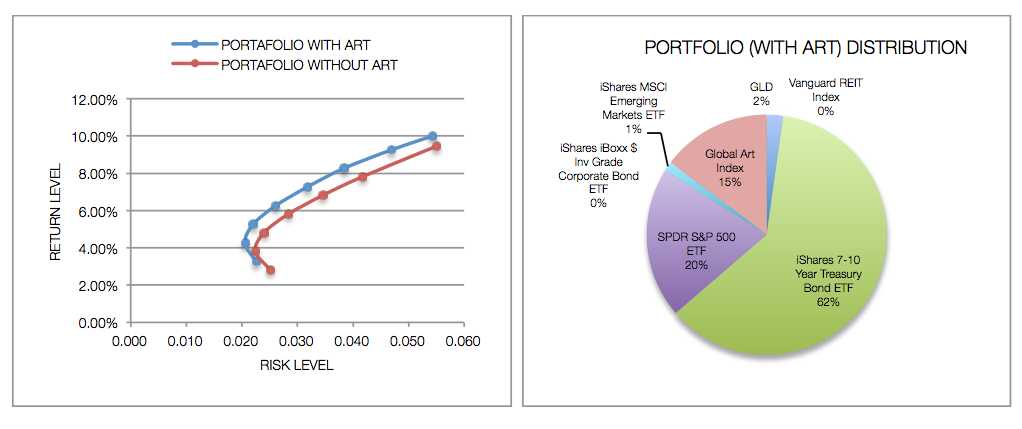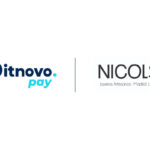Art market liquidity is a natural concern for investors who want to allocate a section of their portfolio to one of the world’s most prestigious assets. This is mainly a result of art’s illiquidity relative to other financial assets.
- How to Determine Liquidity?
- Challenges Facing Liquidity in Existing Art Markets
- Reselling Artwork Is Challenging
- Art Market Liquidity and Success Relies on a Few Select Galleries
- Lack of transparency
- The Market Is Inaccessible to Retail Investors
- How Web3 is Unlocking New Frontiers in Art Liquidity?
- Fractionalization of Expensive Artworks
- Democratizing Access and Ownership
- Increasing Transparency and Involving Art Ambassadors
- Opening up Investment Into Art to Retail Investors
- Conclusion
Thanks to fine art’s general long-term viability as an investment vehicle, concerns around liquidity are often ignored. The good thing is that technology is also breaking the barriers of what’s possible and introducing new liquidity frontiers for entrepreneurs to fully exploit.
The new frontiers of liquidity in the art market has risen from the emergence of blockchain and NFTs which Artfi – a fine art technology company- aims to leverage and democratize the $1.7 trillion art investment sector by introducing fractional ownership, retail investors, and a knowledge hub for all information about the fine art business.
Art market liquidity has always been a debatable subject due to the difficulties of immediately cashing out of artwork. Stakeholders in the business, usually auction houses, galleries and dealers undertake cumbersome processes to complete the sale of an art between a buyer and a seller. The cost and knowledge prerequisite of this process also adds to the illiquidity of art.
It’s not that illiquidity is such a poor attribute of art markets. For your information, this is one of the qualities of a work that makes it a lowly volatile asset that is safe for investment. As such, there is a practical impossibility for collective market panic compared to stock prices which could suffer double-digit plummets within a short duration. This attribute also happens to be one of the reasons why the market is associated with society’s ultra-wealthy cadre who have the advantage of holding on to the asset for as long as they want to.
Thereby making it challenging for the average retail investor who might be interested in the space. The fact that a work could cost $1 million and could remain illiquid for years appears to be a limitation for the non-wealthy investors who might not even manage to access crucial business knowledge about the sector.

Technology is making a difference in the industry by eliminating limiting factors such as the costly price tag of an artwork, illiquidity and lack of knowledge by leveraging the power of non fungible tokens, and decentralization. Artfi, which we mentioned earlier, has created a Web3 marketplace where it lists high-value artworks of impeccable provenance and splits them into tradable units (fractional NFTs) so that several retail investors and collectors can purchase a unit. As the entire art appreciates in value, the unit also appreciates and generates ROI to the holder once Artfi sells the entire piece. This innovative approach has several impacts :
- Increasing demand
- Expanding art market liquidity
- Reducing capital requirements for retail investors
- Simplifying the process of acquiring art investments
How to Determine Liquidity?
There are many characteristics that investors use to study art market liquidity. These characteristics can be placed into two main categories, fundamental value and technical analysis value. Investors must always partake in both methods when conducting proper due diligence before investing in art.
Fundamental Value of an Artwork/Artist
Guidelines for assessing the fundamental value of an artwork includes reviewing each of the following attributes, artistic merit,cultural significance, historical context,uniqueness, artist’s reputation/influence, existing market trends, demand, provenance, and the work’s condition.
Interpretation of these data might not necessarily provide the market size of the artwork in question but demonstrates crucial information that may help you determine how valuable an art is. The more valuable it is, the higher its liquidity, the easier it becomes to cash it out.
Technical Analysis
Technical analysis may take into consideration the number of transactions attached to the artwork. A high number of transactions may indicate higher liquidity but not necessarily the size of the artist’s market in monetary value. However, the amount of transactions may point to the artist’s productivity. A small number of transactions may again point to the uniqueness and attractiveness of an artwork.For example, the unsold rate of Monet’s artworks indicate those pieces were highly precious.
The BI Rate (Bought-In) is a useful reference for showing the average share of unsold artworks by an artist. This number can determine the level of risk or difficulty associated with selling a particular artwork during an auction.
High demand or more art market liquidity is denoted when the BI reading is low.
Challenges Facing Liquidity in Existing Art Markets
Reselling Artwork Is Challenging
Existing art markets lack sufficient liquidity due to a variety of reasons. The first one is lack of specialized information among those who may want to take part in the business. There is also a level of technical expertise needed when establishing the provenance or status of an artwork. This expertise may not be apparent to the aspiring art collector who is only starting which has often led to many unsuspecting investors to get scammed. Moreover, finding a wealthy investor to match the price of a particular blue-chip art piece may be difficult to come across.
Art Market Liquidity and Success Relies on a Few Select Galleries
Traditionally, the art market has remained the preserve of only a few exclusive participants, auction houses and galleries. The industry has had a level of gatekeeping which has managed to shut away the majority of people in terms of knowledge and accessibility. This too has contributed to illiquidity of the art market.
Lack of transparency
Gaining reliable insight into the ins and outs of the art market is not a walk in the park for an average investor or art enthusiast who wants to learn the business and contribute to its success. There could be hundreds of thousands of people out there who wish to partake in art investments but they certainly cannot gain valuable information on how to do it.
“Issues like provenance and lack of authenticity are a thing of the past because all the meta details of an artwork can be represented on a decentralized ledger”
Asif Kamal, Founder and CEO of Artfi
The Market Is Inaccessible to Retail Investors
All the above factors and challenges we have mentioned seem to have connived against the retail investor due to costly capital requirements, lack of transparency and exclusivity of the business. The good news is that technology is changing everything. Let’s discuss what is changing in the next section below.
How Web3 is Unlocking New Frontiers in Art Liquidity?
Fractionalization of Expensive Artworks
Tokenization and fractionalization has ushered the era of representing real-world assets on the blockchain and splitting them into convenient tradeable pieces that are affordable for everyone. Artfi is revolutionizing the art asset class by tokenizing high-value physical art from top artists on the blockchain, and fractionalizing ownership so that investors of any level can participate.
Democratizing Access and Ownership
By lowering the barriers to entry and making it possible to own a unit of a high value art at a fraction of the price is helping democratize access and ownership of blue-chip works of art.
Increasing Transparency and Involving Art Ambassadors
Artfi, which we mentioned earlier is inspiring transparency and access to these artworks by involving art enthusiasts to be ambassadors, as well as by building a knowledge hub where aspiring art enthusiasts can collect information and learn the business of art investment.
Opening up Investment Into Art to Retail Investors
By enabling investors to own a piece and gain ROI when the entire artwork is sold,Artfi’s fractionalization approach has opened the door to millions of retail investors. This could have the ETF-effect on art just like it is happening with Bitcoin with the entry of new money , thanks to retail investment.
Conclusion
The art investment sector has undergone continued development over the years but very few institutions have successfully attained a solid track record. One of the achievements for the blockchain permeating the industry has been its ability to eliminate the nuisance of lack of liquidity. Artfi has performed exemplary with building a gateway for democratizing art investment, and with it, we are certainly warming up to see increased art market liquidity.




















